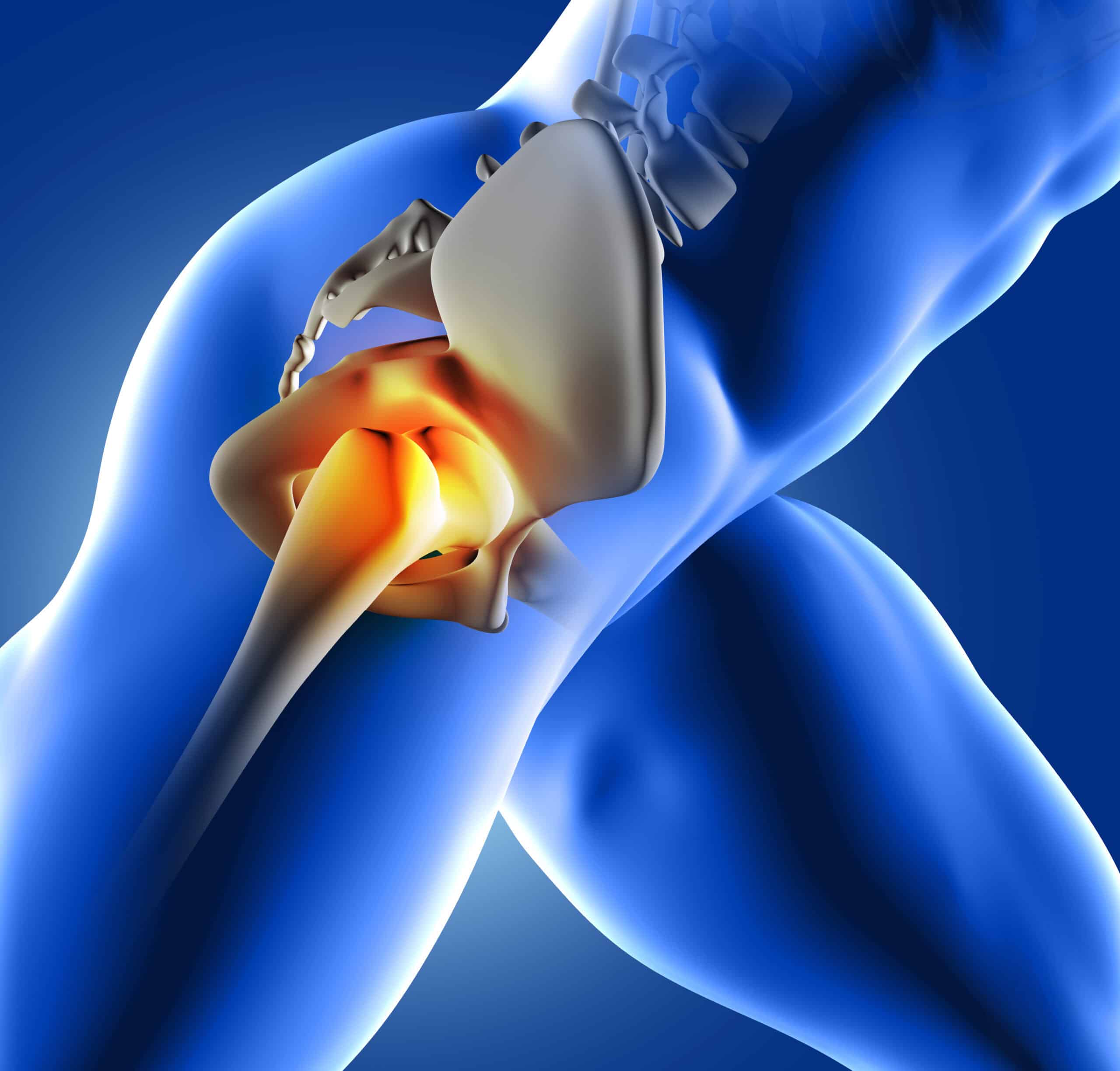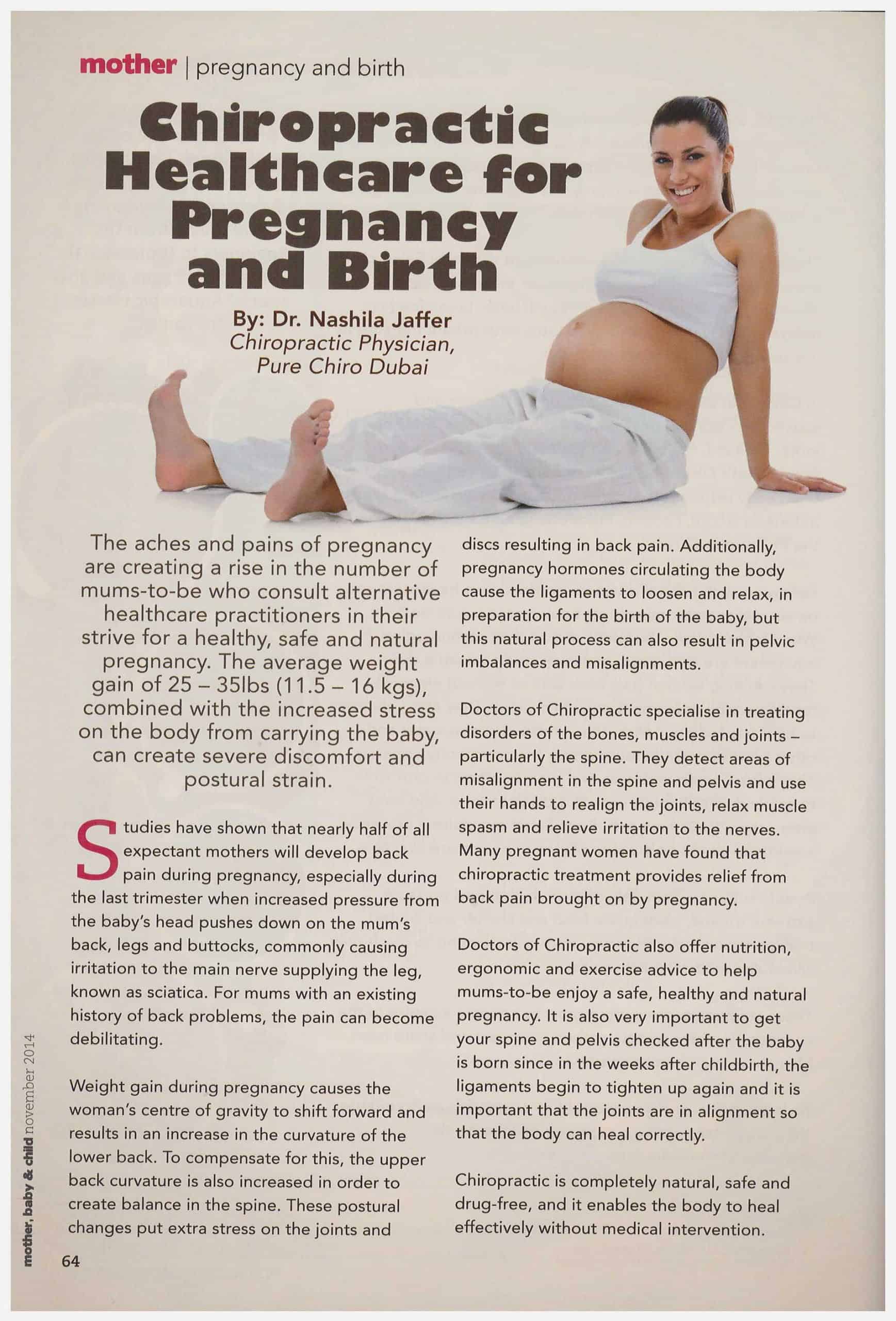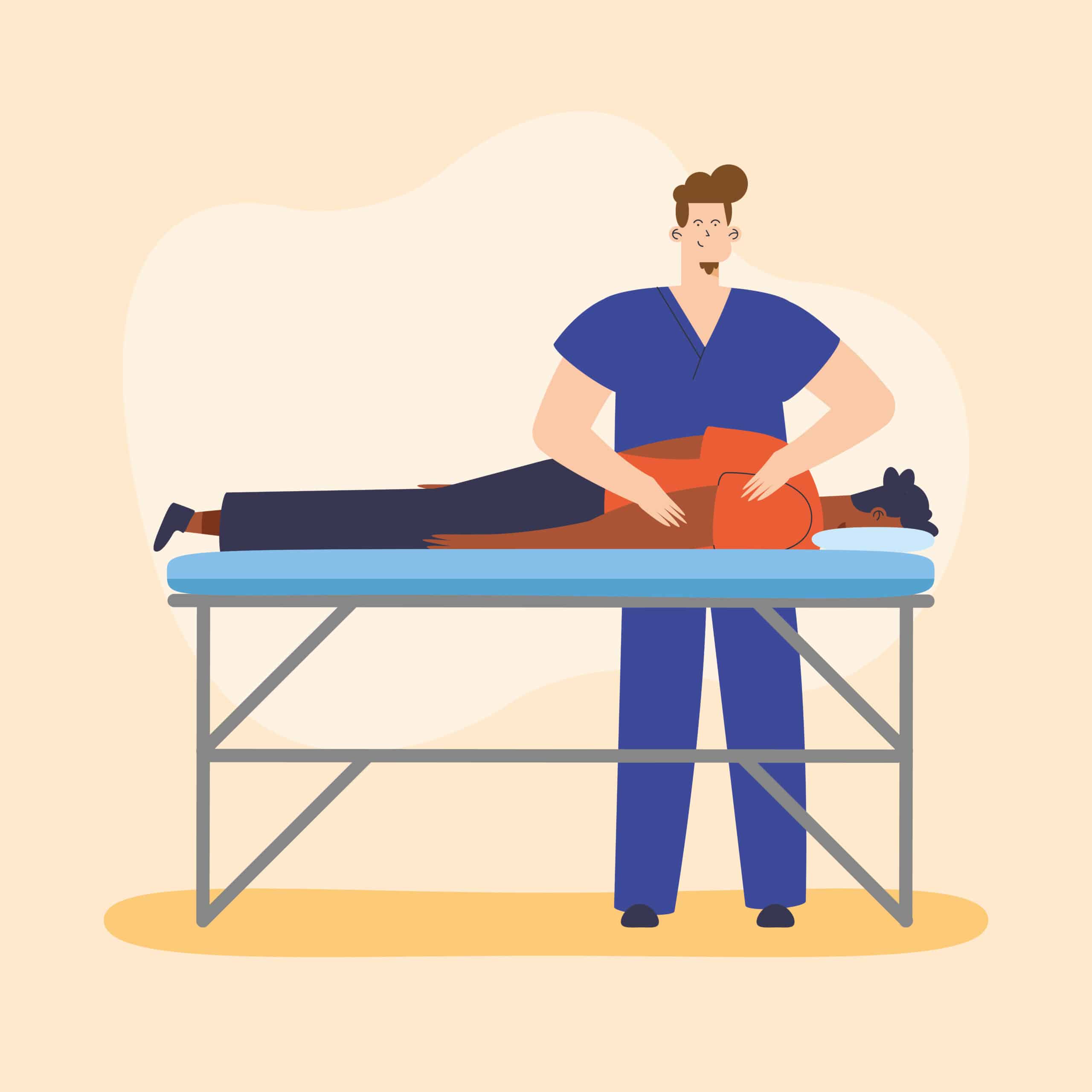Piriformis syndrome and discogenic pain, Is it the same?
Elgin John, Physiotherapist
May 8, 2024 | News

Piriformis syndrome and discogenic pain are two different types of conditions that can cause pain in the lower back, buttocks, and legs. Piriformis syndrome occurs when the piriformis muscle, which is in the buttocks, becomes tight or spasms, putting pressure on the sciatic nerve. This can result in pain, tingling, and numbness in the buttocks and down the back of the leg. The pain from piriformis syndrome is typically localized to the buttocks and may be worsened by sitting for long periods or by activities that involve hip movements.
Discogenic pain, on the other hand, is caused by damage or degeneration of the intervertebral discs in the spine. When the discs become worn down or injured, they can put pressure on the surrounding nerves, leading to pain that may radiate from the lower back into the buttocks and legs. The pain from discogenic pain is usually more diffuse and can be worsened by movements that put pressure on the spine, such as bending or lifting. While both conditions can cause similar symptoms, they have different underlying causes and require different approaches to treatment. It’s important to see a healthcare provider for a proper diagnosis and to develop a treatment plan tailored to your specific condition.
Recent post

Healing After Surgery: How Physiotherapy Accelerates Recovery

Chiropractic vs Physiotherapy: What’s Best for Back Pain?

Spinal Decompression Therapy: A Non-Surgical Solution for Back Pain Relief

The impact of high heels on spinal health and alternatives

The Connection Between Posture and Mental Health

The Role of Chiropractic Care in Sports Injury Recovery
Recommended Posts

Shoulder Pain relief – The Healing power of Chiropractic Care
by
Dr. Imran Ali, DC MChiro
December 8, 2023

Physiotherapy vs. Surgery: When Is Physical Therapy the Better Option?
by
Pranali Kamat, Physiotherapist
November 7, 2024

“Mother, Baby & Child” Magazine – November 2014
by
PureAdmin
February 5, 2015





